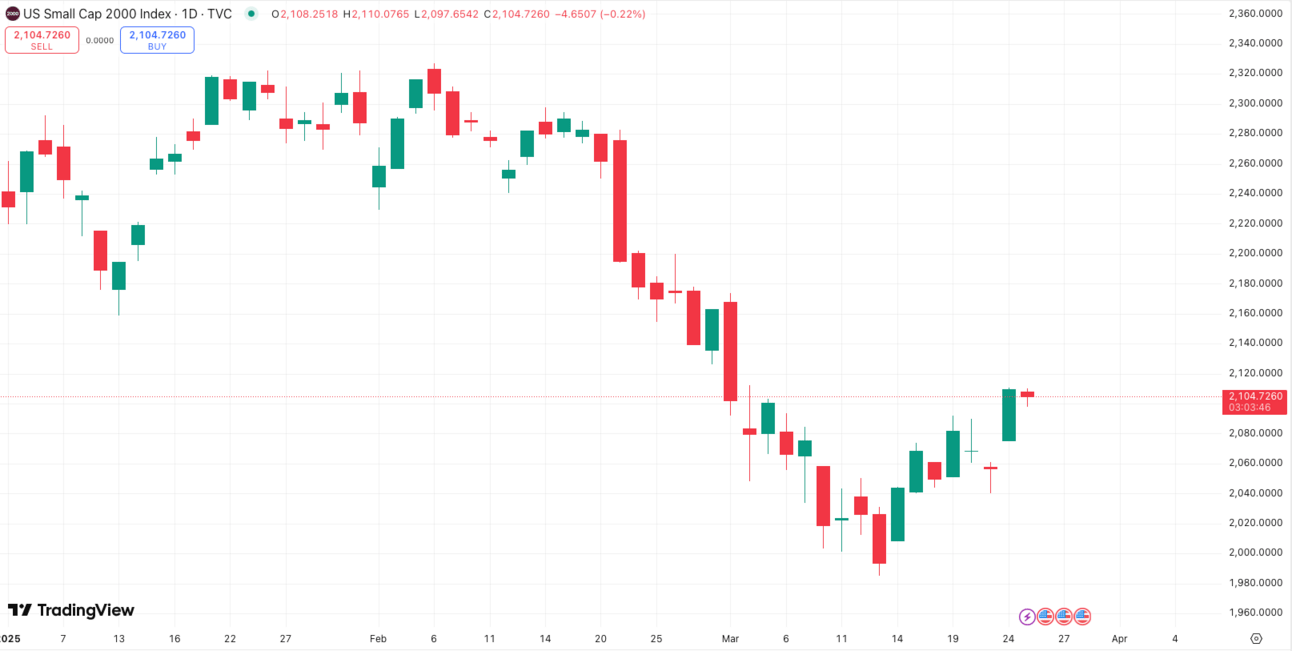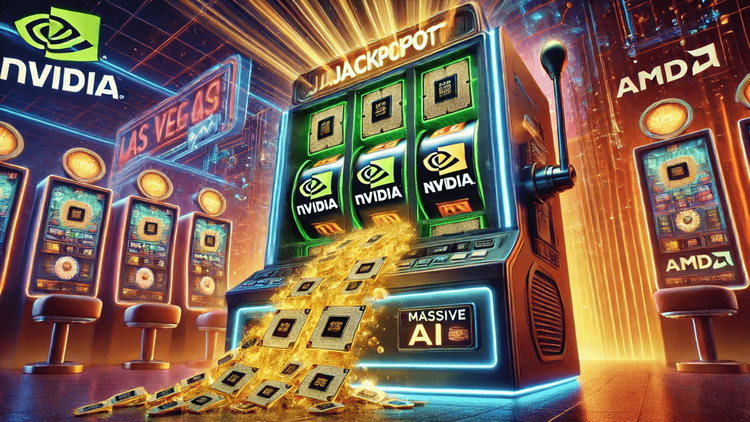- Juniorstocks.com
- Posts
- Trump’s $20B Stealth Jet Gamble, Russell Small Cap Showdown with S&P 500, Germany’s Historic Military Revamp
Trump’s $20B Stealth Jet Gamble, Russell Small Cap Showdown with S&P 500, Germany’s Historic Military Revamp
You're receiving this newsletter as a subscriber to JuniorStocks.com. Join the conversation on our socials below.
Featured Article this week:
President Trump awarded Boeing a $20 billion contract to develop the F-47, a next-generation stealth fighter jet aimed at countering China's expanding military capabilities, particularly its advanced stealth aircraft like the J-20.
The new jet, central to the Pentagon’s Next Generation Air Dominance (NGAD) program, will integrate advanced AI systems, drone collaboration capabilities, and superior stealth and range compared to current fighters, though critics question its necessity given rising drone and space-based warfare trends.
Despite concerns about escalating costs and relevance, Pentagon officials argue the F-47 is crucial to maintaining U.S. air superiority, signalling a broader commitment to advanced military technology amid intensifying geopolitical tensions.
Join the Conversation: Is the $20 billion investment in Boeing’s next-gen F-47 fighter jet a strategic necessity or an expensive gamble? Share your perspectives on LinkedIn and connect with industry leaders discussing the future of defense spending, aerial warfare, and geopolitical strategy.
Russell 2000 Index vs. S&P 500
Year-to-Date Performance: The S&P 500 is outperforming the Russell 2000 in 2025 so far. If this trend continues, it would mark the Russell 2000’s fifth consecutive year of underperformance relative to the S&P 500, the longest streak since 1994-1998. This suggests the S&P 500 has stronger momentum, likely driven by large-cap stability and investor preference for established companies.
Recent Weekly Gains: Over the past week, the Russell 2000 surged by more than 5%, outpacing the S&P 500’s 2.5% gain. This short-term rally in small caps may reflect anticipation of favorable conditions like potential interest rate cuts, but it’s not enough to offset the broader YTD lag, showing the S&P 500’s consistent edge.
Historical Context and Volatility: Historically, the Russell 2000 has averaged a 10.3% annualized return since 1978, compared to the S&P 500’s 12.3%. The S&P 500’s large-cap focus offers lower volatility and resilience, while the Russell 2000’s small-cap exposure brings higher risk and sensitivity to economic shifts, contributing to its current underperformance.

Russell 2000 Index YTD performance source: tradingview.com
Top Trading Volume in the Russell 2000 Index Today:
This is not Financial Advice, please do your own due diligence.
Desktop Metal ($4.68, $143.53M market cap): Desktop Metal, Inc. is a technology company specializing in advanced 3D printing solutions for metal and composite materials, experiencing a dramatic 90.1% stock surge likely due to a Delaware Court of Chancery ruling enforcing its merger with Nano Dimension, boosting its market cap to $143.53 million.
SES AI ($0.69, $249.79M market cap): SES AI is an innovative firm advancing AI-driven lithium-metal battery technology, experiencing a significant stock jump possibly tied to high trading volume and optimism in the EV battery sector.
BigBear.ai ($3.57, $1.01B market cap): BigBear.ai provides AI-powered decision intelligence solutions for national security and enterprise applications, with its slight stock uptick reflecting ongoing government contracts and market confidence in its tech offerings.
Market Snapshot Today:
Tech and Communication Services Recover: Major tech and communication stocks including Apple (AAPL, +1.07%), Google (GOOG, +1.13%), and Meta (META, +1.28%) rebounded due to investor optimism over easing concerns related to AI spending and improved confidence after positive analyst commentary suggesting tech sell-offs were overdone.
Healthcare Sector Underperforms: Pharmaceutical companies like Merck (MRK, -3.62%) and AbbVie (ABBV, -1.28%) declined, impacted by regulatory uncertainties surrounding drug pricing reforms and weaker-than-expected quarterly earnings reports, causing investors to move away from the sector.
Consumer Defensive Faces Pressure: Walmart (WMT, -2.92%) and Procter & Gamble (PG, -1.82%) dropped on worries about reduced consumer spending, inflation pressures, and declining consumer sentiment following recent economic forecasts pointing towards slower retail sales growth.

All data current as of 1pm EST 03/25/2025
Top Viewed Articles this week:
We want your feedback on this week’s market insights! How’d we perform? 📈📉Let us know where we stand! 🚀 |




